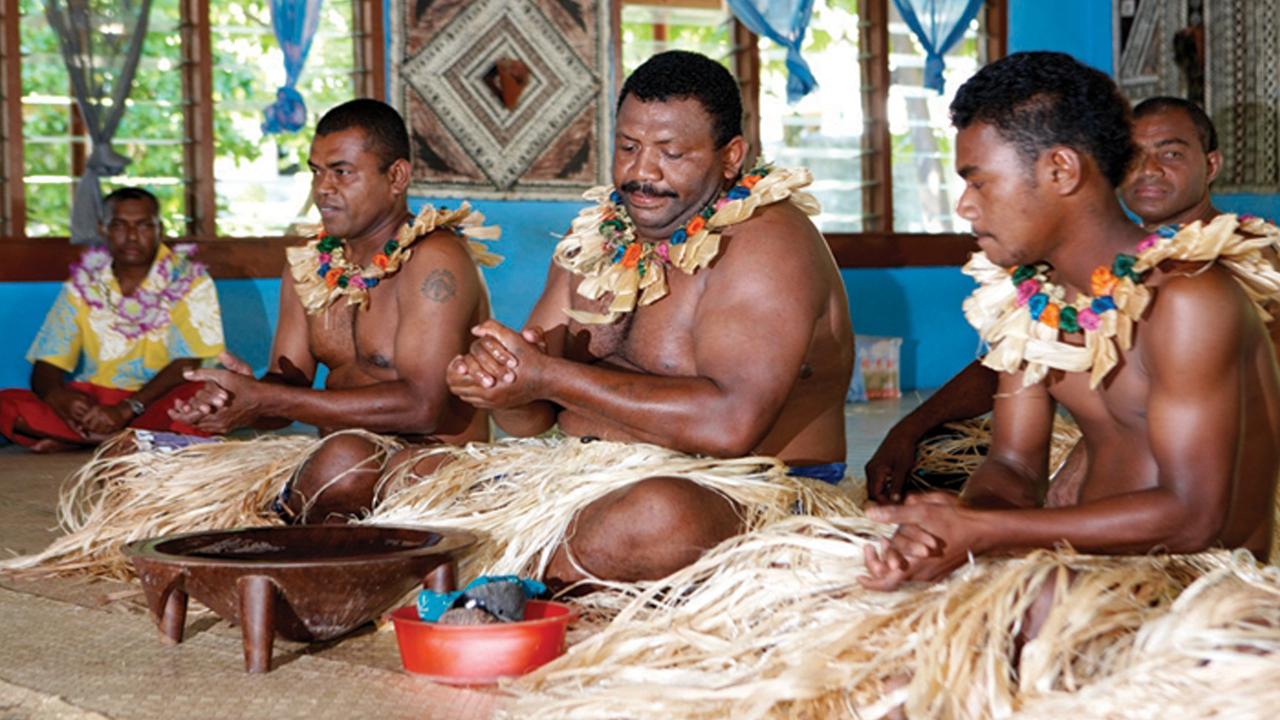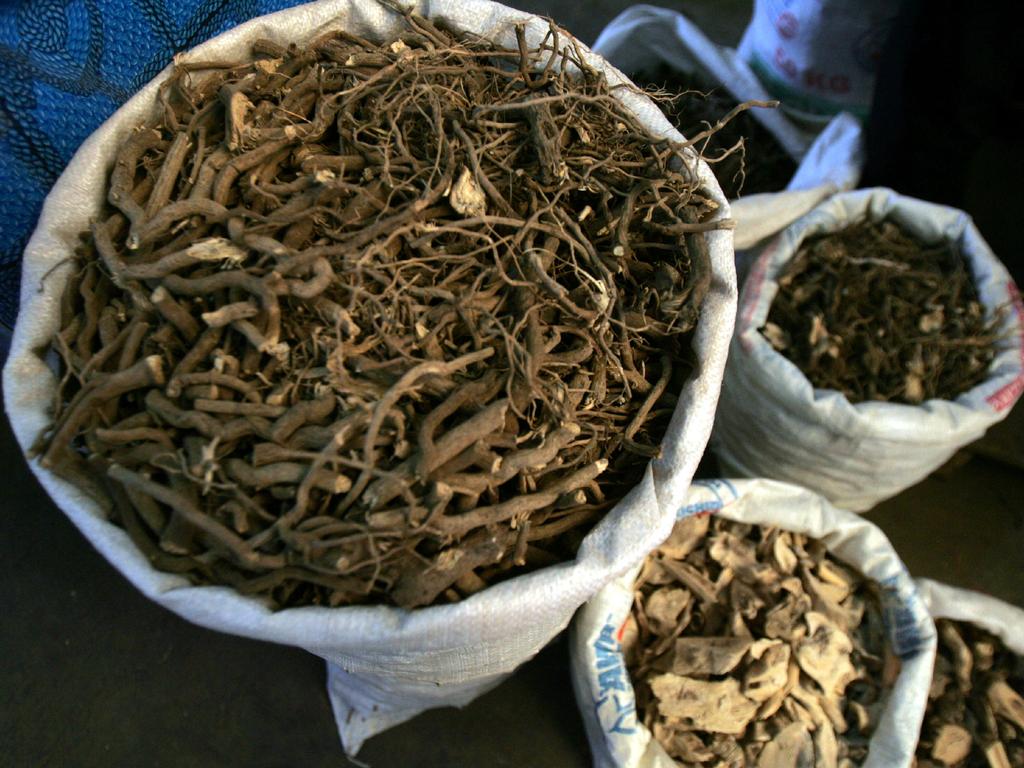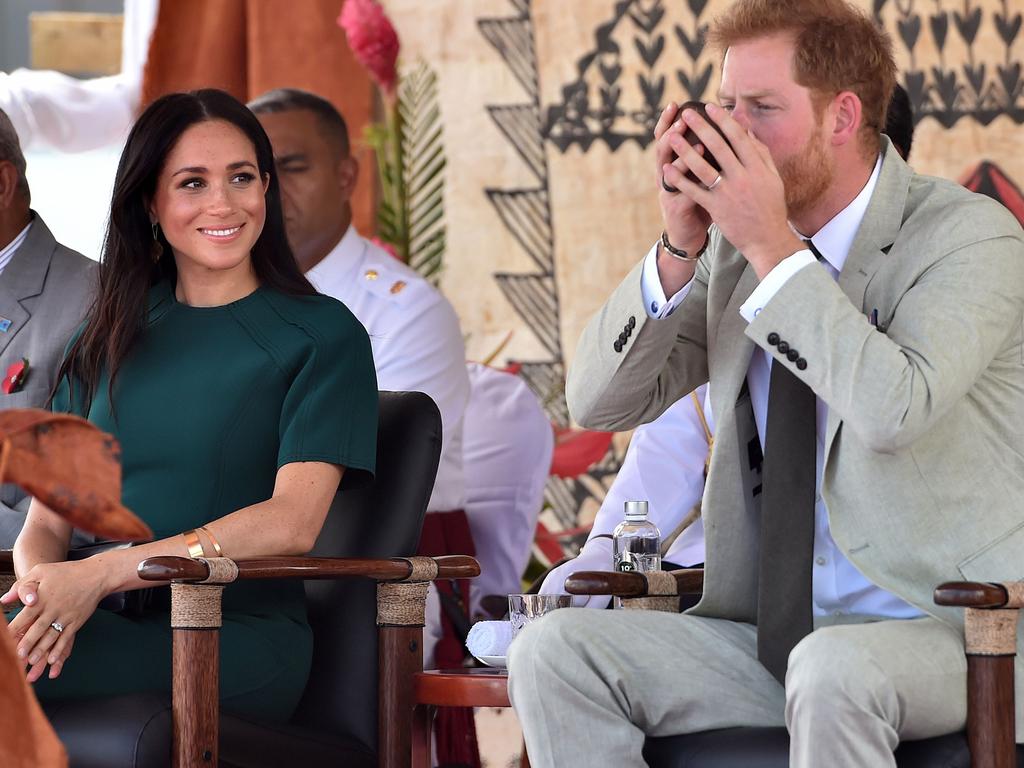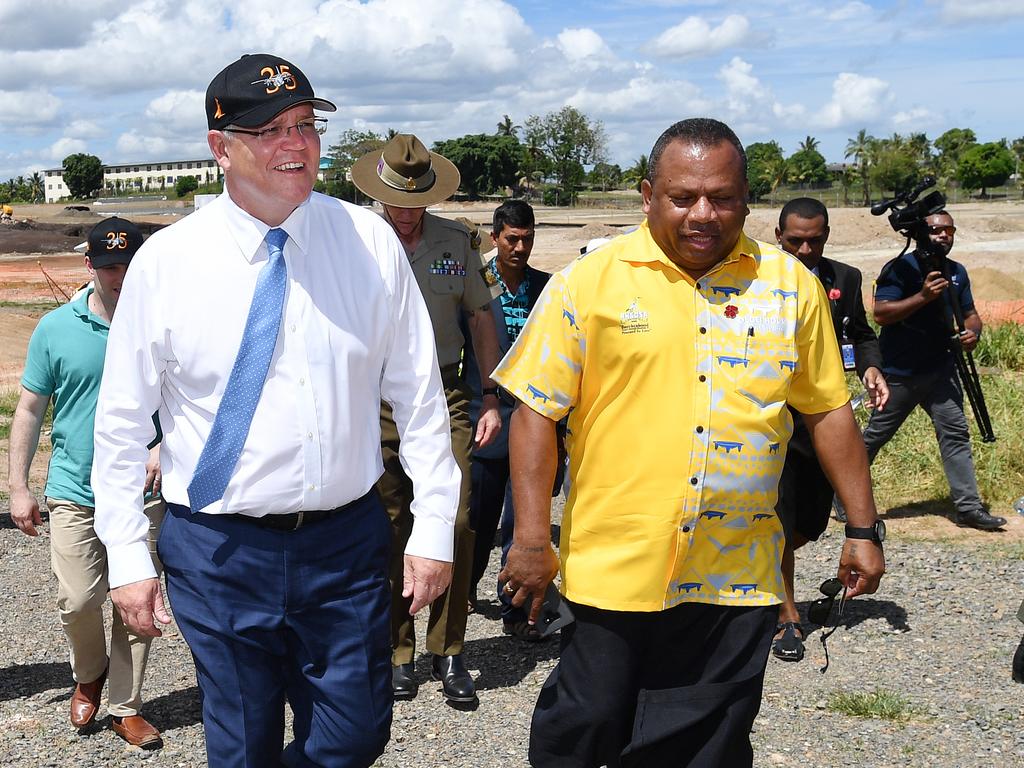Behind the kava craze, coming to Aussie shores
A special ingredient found in the South Pacific is on the rise in popularity, and it’s heading our way in bigger quantities to Aussie shores.
A woman screams to her boyfriend from across the plane.
She’s wearing track pants, sunglasses and demanding her partner, who is sitting in the opposite aisle, throw her a stick of gum for takeoff.
Meanwhile, an elderly couple sit nearby and the wife is looking flustered by the in-flight headphones.
“You can’t hear anything because it’s not on, love,” her husband replies, rolling his eyes and clearly uninterested in helping her.
“I haven’t got my glasses on so I can’t choose,” she says five minutes later, still unsure of herself.
It’s this type of stress that has brought me to Fiji. After months of early mornings, deadlines and winter woes I’m ready for a cocktail and a coconut. Bula shirts and hope reign supreme. Not only hope; but a real chance to relax.
And that’s exactly the ingredient that Fiji is trying to bottle.
RELATED: Morrison ups kava imports in nod to Fiji
RELATED: Fijians go crazy for Meghan and Harry

“We exist to share the secret elixir of Fiji’s world famous happiness, relaxation and calm,” Franc Zvonar, Chief Marketing Officer of Fiji Kava, says upon arrival.
I’m here to discover more about the traditional beverage known to most as kava. Consumed across the Pacific, it’s made by crushing the stems of the kava root and mixing it with water. When the roots are crushed it releases a chemical known as “kavalacones”, which cause its therapeutic effects.
It is claimed to help battle anxiety, insomnia and pain relief, to elevate your mood and even help you sleep — and is completely natural.

According to the US National Library of Medicine, beneficial effects of kava include “relaxation, euphoria, anti-convulsion, neuroprotection, analgesia and attenuation of menopausal symptoms”.
The effects vary depending on the quality of the plant and its form of consumption, but generally kava has been deemed a natural alternative medicine known to slow down the messages travelling between the brain and the body. For hundreds of years it has been used on South Pacific Islands in traditional medicine to help the central nervous system.
Fiji Kava, a Brisbane-based company, is hoping to expand the plant’s success into Australia.
“3000 years ago, in the middle of the Pacific Ocean, in between ceremonies and social gatherings, a botanical marvel was found,” Zvonar continues.
“Kava.”
He’s right. For generations kava has held a great traditional significance for residents of the Pacific, including Fiji, where it is used daily by some and on special events including weddings, marriages and funerals.
He explains kava is a “humble root” with “therapeutic” properties.
“Kava is not a new concept. It gives us calm and focus. In this era of anxiety we’re all tired, the job is never done.”
Fiji Kava has taken the bitterness out of the equation and is literally bottling its key ingredient, creating capsules and tea out of kava extract for stressed out Aussies.
Kava might be controversial but it has had its fair share of celebrity moments; Prince Harry sipped on the beverage during a visit to Fiji last year while the Queen and the Duke of Edinburgh also shared kava during an official visit in 1982.

In fact just last week, Prime Minister Scott Morrison announced it was launching a “kava pilot program” which eases former limitations on the importation of kava into Australia.
During a trip to Fiji, Mr Morrison announced Australia will double the amount of kava that can be imported for personal use from two kilograms to four kilograms by the end of 2019.
Scott Morrison announces that the limit on kava imports for personal use will be lifted from 2kg to 4kg as part of a pilot program pic.twitter.com/4GVhm3M0QH
— Fergus Hunter (@fergushunter) October 11, 2019
Australia will also commence a pilot program for the commercial importation of kava by the end of 2020.
“This is a win for both Australia and our Pacific family,” Mr Morrison said in a statement.
“In addition to greater access to kava in Australia, particularly for ceremonial and cultural purposes, the Pacific can soon expect new export opportunities to further maximise the growth potential of their own natural resources.”

But the plant is not without its fair share of criticism.
Imports of the substance have been restricted since 2007 because the substance was being abused by indigenous communities after its introduction in 1982 by Pacific Islander missionaries as an alternative to alcohol. To this day, restrictions in Western Australia and the Northern Territory are still in place.
Many European countries banned kava because it was linked to liver damage, although a recent World Health Organisation report ruled out such a connection.
In 2016, in a review of the safety of traditional and recreational beverage consumption, the WHO concluded that “although there has been long and extensive use of kava beverage in communities of the South Pacific islands, there are only three published case reports of liver toxicity associated with consumption of kava beverage.
“There is little documented evidence of adverse health effects associated with traditional moderate levels of consumption of kava beverage, with only anecdotal reports of general symptoms of lethargy and headaches.”
But it warned, “analysis … strongly suggests that scaly skin rash and weight loss are all caused by heavy kava beverage consumption; however, the reversibility of these effects suggests that these changes need not lead to longer term adverse health outcomes.
“Nausea, loss of appetite and indigestion also appear to be caused by heavy kava beverage consumption, even though the criteria for supporting causality are less strong in these cases.”
“Clinical surveillance of Aboriginal people in Northern Australia using kava beverage for
20 years has not documented any cases of hepatic failure attributable to kava, despite
clear evidence of excessive consumption.”

Still, the popularity of kava seemingly continues to grow.
More than 100 kava-inspired bars have opened across the United States while export earnings out of Fiji in 2018 totalled approximately $30.7 million, the bulk heading to the US, New Zealand and Hawaii.
We’re told to get in quick as business begins to boom — and with the government’s response it seems the next wave for kava isn’t up — but Down Under.
For more information on the Australian government’s Pilot Program to ease restrictions on the importation of kava for personal use, visit the website.
Matt Young was invited by Fiji Kava to cover this story from Fiji.




